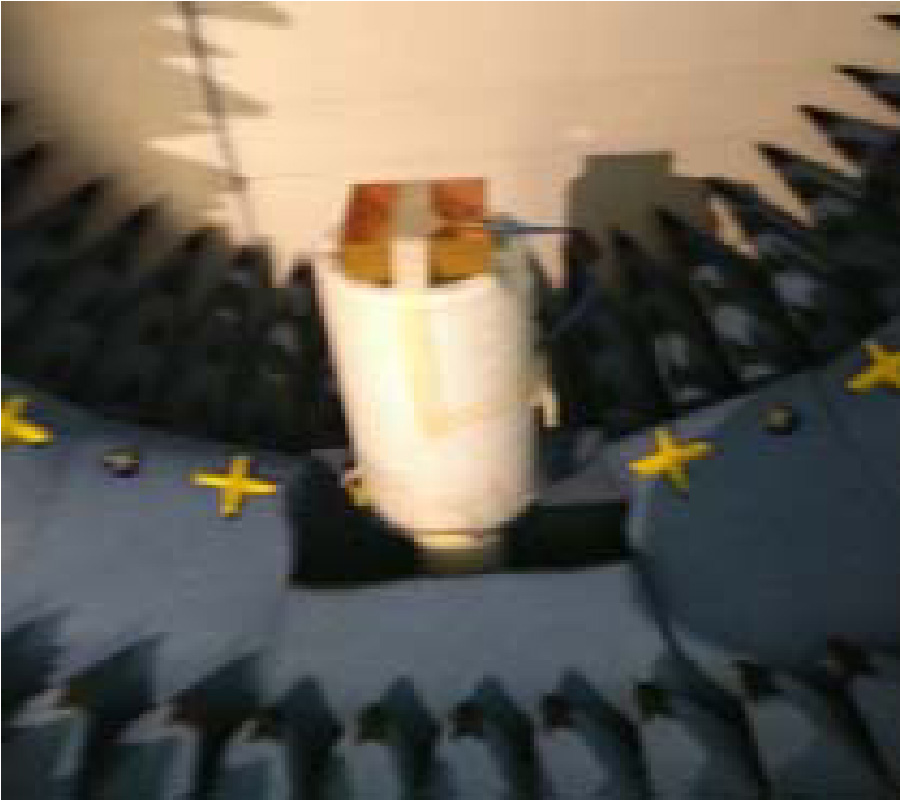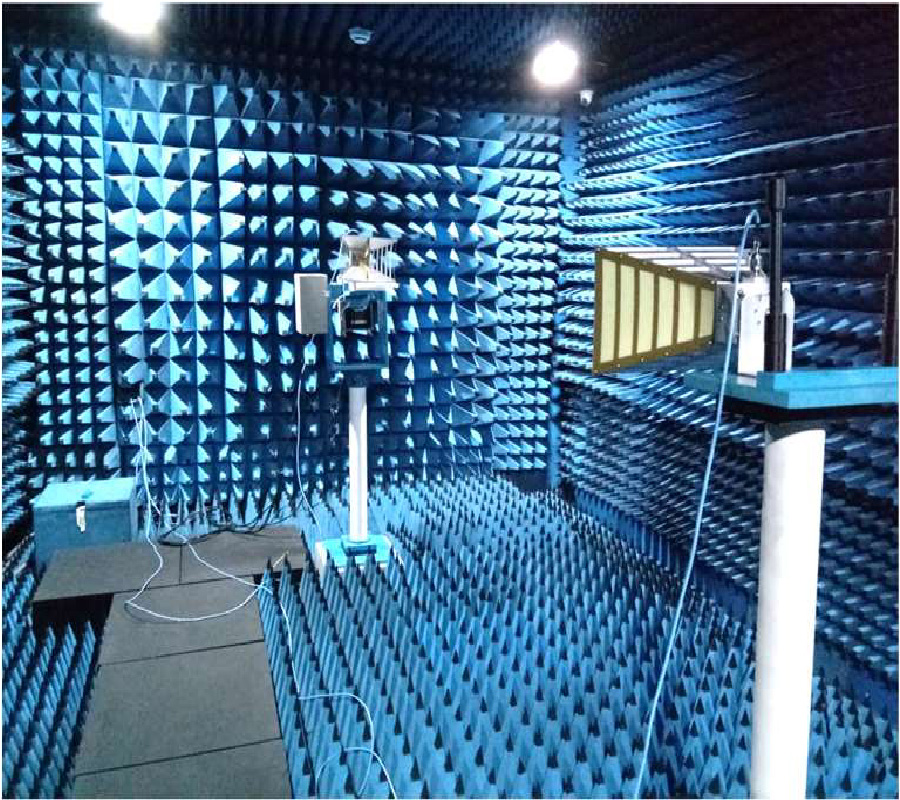Receiving UWB Antenna for Wireless Capsule Endoscopy Communications
Chaïmaâ Kissi,
Mariella Särestöniemi,
Timo Kumpuniemi,
Sami Myllymäki,
Marko Sonkki,
Juha-Pekka Mäkelä,
Mohamed Nabil Srifi,
Heli Jantunen and
Carlos Pomalaza-Raez
Wireless capsule endoscopy systems utilize a combination of hardware and software devices to ensure the healthcare of a human being. In praise of involved antennas in the overall medical system design, UWB (Ultra-Wideband) range occupies highest ranks in the literature. The low-band of UWB is regarded as the best frequency range, within the approved standards, to realize the better transmission of captured medical images by the capsule inside the SI tract, in terms of high resolution and low-path loss. A variety of passive capsules have been designed and made available in the literature, while the accurate design of the corresponding on-body antenna is lagging. For this purpose, this paper provides an extended study of a recently published on-body antenna operating at 3.75-4.25 GHz band. The measured antenna realizes good directivity of 5.78 dBi and 9.50 dBi towards the body without and with the cavity, respectively. The direction of the proposed on-body antenna beam is targeted to be mounted on the body surface. On-body simulations were run with CST Microwave Studio by involving an abdominal multi-layer model, and followed by navel and back areas of the voxel model to predict the antenna behavior close to different lossy body environments. Later, the antenna structure was measured next to a real human abdomen. Simulation results reveal that the proposed antenna with or without the cavity enables enhanced in-body communication when mounted on the abdomen with less path loss. This is supported by the low power totaling 20 dB at the SI (Small Intestine) tract. Furthermore, on-body measurements confirm the good antenna performance. Consequently, the planar compact antenna is regarded as a good on-body candidate for wireless capsule endoscopy systems.



















